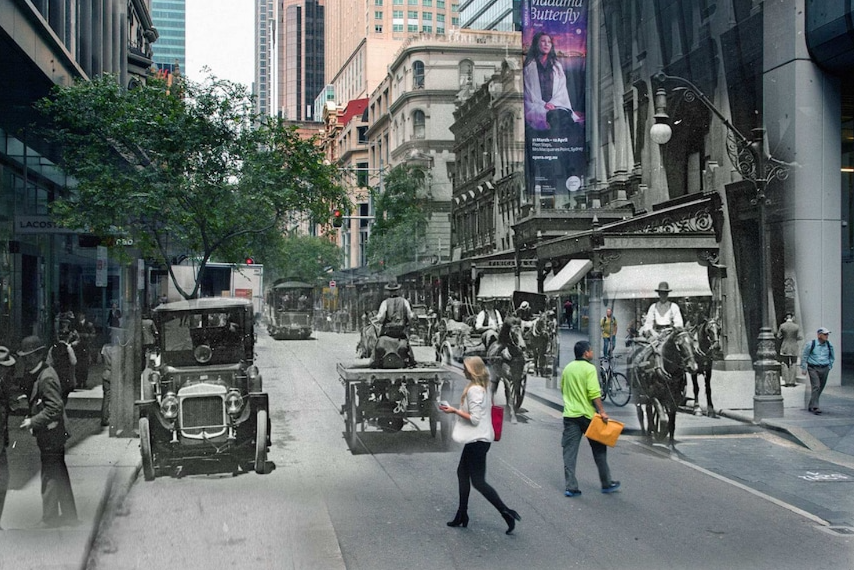What is it?
A photomontage is known to be a collage created by cutting and gluing other photographs to create a new image. It allows artists and photographers to express their work in a different, more visually pleasing form. If they have similar pictures not exactly the same that they would like to display together a photomontage allows them to do that, you can also be really creative with it by ripping and cutting and using superimposition. Superimposition: to impose, place, or set over, above, or on something else.
History of photomontages
It was first used as a technique by the Dadaists, (Dadaism was an art movement of the European avant-garde in the early 20th century) in 1915 in their protests against the First World War. It was later adopted by the surrealists who exploited the possibilities photomontage offered by using free association to bring together widely disparate images, to reflect the workings of the unconscious mind.
When did photomontages become popular?
Throughout the 1970s and ’80s postmodernist era photomontage techniques became popular as a form of pastiche or political protest, as seen in the work of British artist and designer Linder, while today, photomontage techniques are continuously updated by contemporary artists in surprising and unexpected ways.
What is the difference between collages and photomontages?
A collage is a composition of materials and objects pasted over a surface; a montage is a single composition created by juxtaposing a series of pieces of paper, photos or other media to create an artistic image.


